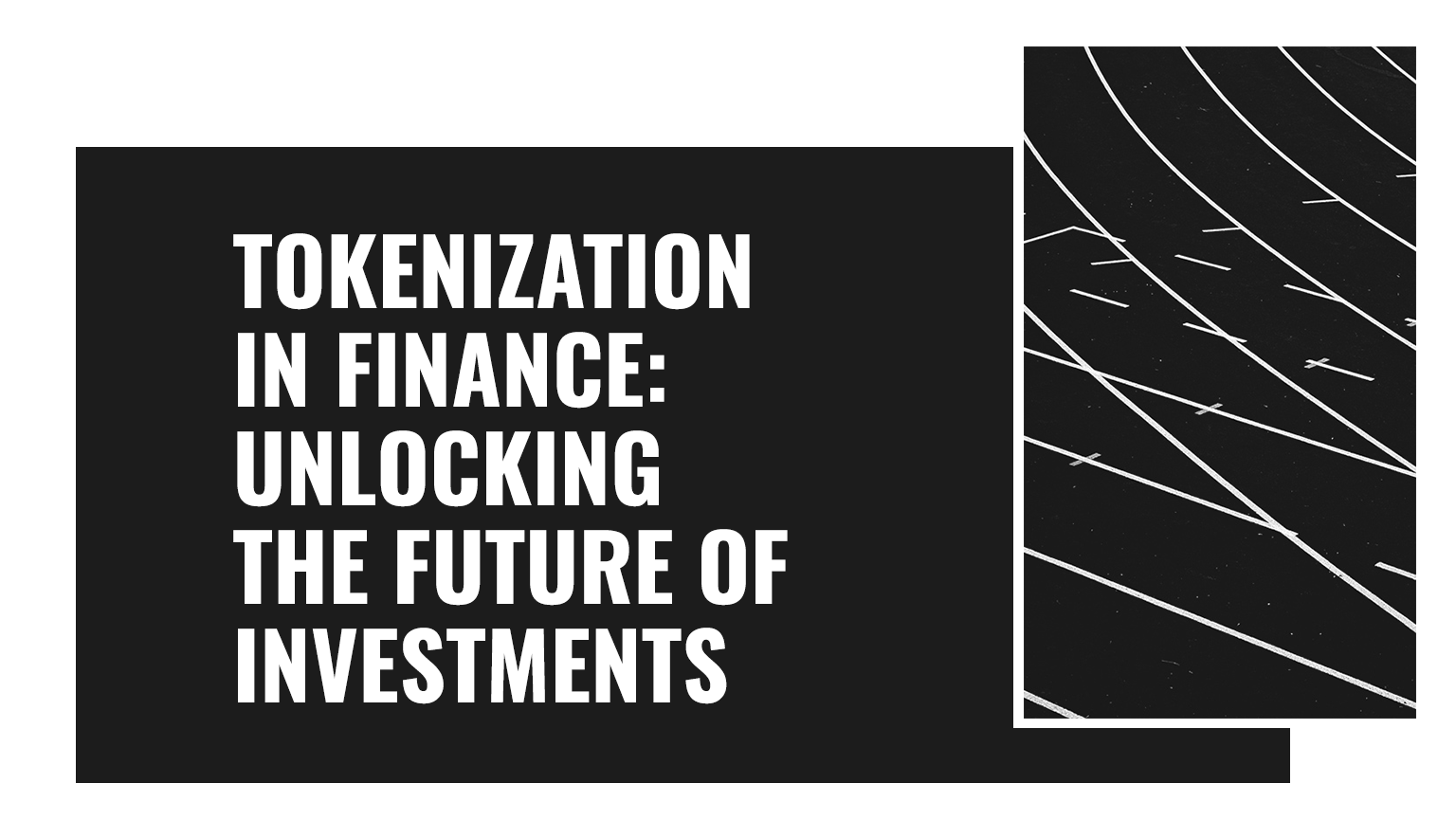
Introduction to Blockchain
Introduction to Blockchain
Blockchain is a technology that is ready to open up new business opportunities that improve our daily lives. Blockchain enables groups of organizations to achieve better outcomes by creating new growth opportunities beyond single participants.
Blockchain is rethinking many of the world’s most important business interactions, paving the way for new patterns of digital interactions never before imagined. It is now regularly demonstrating its ability to reduce the cost and complexity of work across industries, government agencies, and social institutions.
Most people who have heard of blockchain think of the cryptocurrency Bitcoin. Although they are related, the two concepts are not the same. The potential use of blockchain is much broader than the application of cryptocurrency. In addition, although the Bitcoin network follows the principles of permission-free membership and extended anonymity, the authoritative blockchain network manages its membership with known entities. The full benefits of blockchain will be realized through its wider use in a wider range of industries.
Blockchain Beliefs
Here are some perspectives on blockchain that are very promising:
- Innovation:
We believe blockchain is a revolutionary technology that can fundamentally change the way businesses interact with each other. The core of the blockchain is the immutable ledger. Each participant in the blockchain network has a copy of the ledger, which is updated from time to time. After a transaction is entered, it cannot be changed. With this shared copy of the truth:- New opportunities for pure growth emerge when new and robust business models are identified.
- Sustainable competitive advantage is achieved through participation in a new decentralized economy with a new business model.
- Save time by instantly processing multilateral transactions.
- Cost savings by eliminating overheads by the direct transactions between businesses.
- The general ledger acts as a permanent audit trail and reduces risk.
- Openness:
We believe that blockchain should be open to widespread adoption, innovation and interoperability. Organizations with hundreds of contributors from different industries, such as the Linux Foundation’s Hyperledger project, have industry-leading blockchain software suites. Blockchain with its openness is widespread and stimulates business innovation.
- Business Ready:
We believe blockchain is business ready today. A new generation of blockchain technologies are available, which is forming the basis for handling business requirements and ensuring correct ethical business conduct.
Entreprise Blockchain
The basic concepts of blockchain are easy to define. It is a shared digital ledger, decentralized, encrypted, secure and immutable. However, enterprise blockchain broadens this definition to include several important features.
- Accountability:
Members of the network are identified and known using an encrypted membership key with access provided by the business function. - Privacy:
The participants are known on the network, but transactions are only passed on to the participants who need it. Enterprise blockchain uses a variety of privacy-enhancing technologies such as peer-to-peer connections, privacy channels, and zero knowledge proofs. - Scalability:
The support of a large number of transactions is critical in business scenarios. Transactions are usually not limited to enterprise blocks in networks like Bitcoin, so they can be executed immediately. The transaction fee for a particular company depends on many factors, including the number of partners and the complexity of the smart contract. The number of transactions measured in thousands of transactions per second is definitely achievable. - Security:
An enterprise blockchain is fault-tolerant. With the help of fault-tolerant consensus algorithms, the network can continue to operate even in the presence of bad actors or negligence. RAFT is an example of a fault-tolerant consensus algorithm. - Motivation:
Enterprise blockchains have an integrated incentive system that accelerates the adoption curve. This factor can be viewed as “loyalty points” or “tokens” that motivate and provide financial incentives for network operators and consumers.
An enterprise blockchain is often incorrectly described as a private network. In fact, access to the enterprise blockchain is controlled by “governors” who have formulated policies that determine how new members participate in the network. The visibility of the network (public or private) depends on how it is managed. Therefore, enterprise blockchains are indeed licensed, but they are not necessarily private.
Centralized vs Decentralized Systems
The reason we are investigating the debate about centralization and decentralization is because the blockchain aims to decentralize and challenge centralized design. However, the model of decentralization and centralization is not always clear. They are unclear and misleading in many places. The reason is that there is hardly any purely centralized or decentralized system. Most of the concepts and examples in this section are inspired by the notes of Mr. Vitalik Buterin, the founder of the Ethereum blockchain.
So what is a distributed system? In order not to interfere with the current discussion, let us first understand and remove it from the list. Please note that if the system is centralized or decentralized, it can still be distributed. A centralized distributed system is a system where, for example, a master node is responsible for decomposing tasks or data and distributing load among nodes. On the other hand, a decentralized distributed system is a system in which there is no “master” node, but the computing can be distributed.
You can see in the figure below how does a centralized distributed system look like:

It is very important to note that for a centralized/decentralized system, it is not limited to technical architecture. What we want to say is that a system may be technically centralized or decentralized, but it may not be so logically or politically.
Let us take a look at these different points of view in order to be able to design the system correctly according to requirements:
- Technical architecture:
From the perspective of technical architecture, the system can be centralized or decentralized. What we consider is how many physical computers (or nodes) are used to design a system, how many node failures it can withstand before the entire system goes down, etc. - Political View:
This view indicates the control of the system by an individual or a group of people or the entire organization. If the computers in the system are controlled by them, the system is naturally centralized. However, if there is no specific individual or group control system, and everyone has the same rights in the system, then it is a decentralized system in the political sense! - Logical perspective:
A system can be logically centralized or decentralized according to its appearance, regardless of whether it is technically or politically centralized or decentralized. Another analogy might be that if a system is cut in half vertically, and each half has service providers and consumers, if they can operate as independent units, then they are decentralized, otherwise It is centralized.
Centralized systems
As the name implies, the centralized system has centralized control of all management permissions. Such systems are easy to design, maintain, implement, and manage, but they have many inherent limitations, including the fact that they have a central point of failure, so they are less stable, more vulnerable to attacks, and therefore less secure.

Decentralized systems
As the name implies, a decentralized system does not have centralized control, and each node has the same authority. These systems are difficult to design, maintain, govern, or enforce trust. However, they are not restricted by traditional centralized systems. Decentralized systems do not have a central point of failure, so they are more stable and fault-tolerant and resistant to attacks, because they do not have a central point that is easy to attack, so they are safer and symmetrical systems. Everyone has the same power, so there is less room for unethical operations. And it is usually democratic in nature.

Distributed systems can also be decentralized. One example is blockchain! However, unlike conventional decentralized systems, work is not shared or delegated to nodes, because there is no master doing the work on the blockchain. The facilitating node does not work for some operations, but the desired (or randomly selected) node does all the work.

Why is Blockchain important?
As a decentralized peer-to-peer system, blockchain has its own unique strengths and complexities. This is not a panacea for all troubled regions of the world. However, there are times when this is necessary. In some scenarios, the blockchain of the existing solution makes the solution more reliable, transparent and secure. However, this can be disastrous if not done properly.





